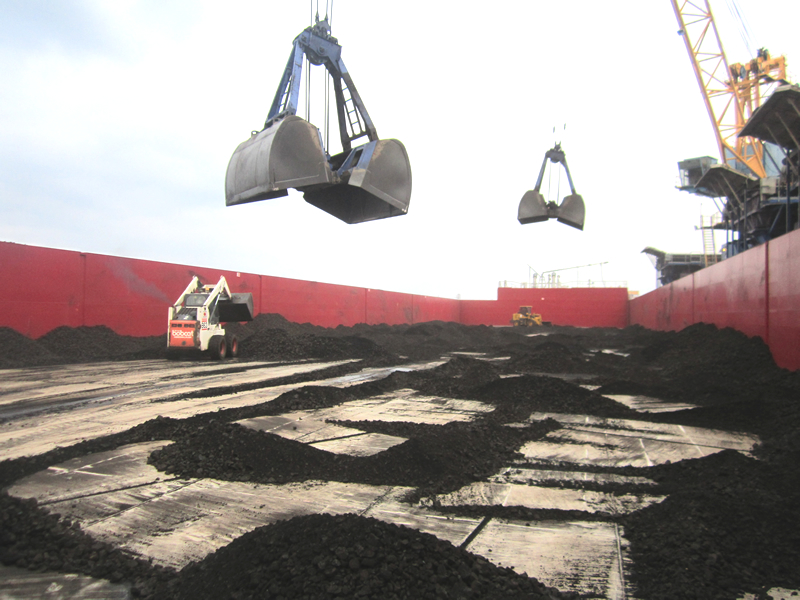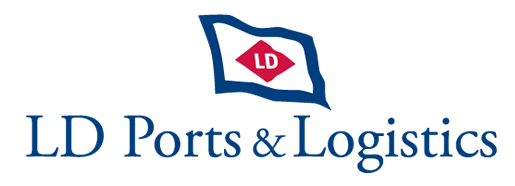Self Propelled Barges
have developed a unique self-propelled barge design which has been built in LDPL’s shipyard in Batam Indonesia.
Deck Cargo Ships “DCS” are self-propelled barges designed by LDPL with enhanced cargo capacity at limited draft. These self-propelled barges are adapted to the conditions of combined sea and river navigation. It has a hull shape that allows long distance sailing with a high variable speed of 8-11 knots at sea.
These high performance self-propelled barges are engineered to sail much faster than traditional sets of barge and tugs. Their optimized bodylines generate substantial savings on fuel allowing them to gain competitive advantage through economies of scale.
They are self-propelled by means of two heavy fuel burning main engines, guaranteeing a high maneuverability that copes with river bends and potentially allow self-berthing.
The wide cargo space facilitates an efficient loading and unloading operation. A high performance crane operator can effortlessly position the grab safely into the barge even during heavy swells off coast.
Self-Propelled Barges
Self propelled barges show a very promising future in barging solutions, allowing significant cost savings and performance improvements in logistics operations. LDPL has developed a unique self-propelled barge design, engineered in LDPL’s shipyard in Batam Indonesia. The first series of 12,000mt was built in 2007 and the second series of 13,000mt dwt in 2013. Self propelled barges entirely built and operated by LDPL, are fully customizable to your operational needs. The full package solutions from design to operations management identifies and optimizes all technical issues, ensuring clients a high quality and reliable barging solution. LDPL Self propelled barges are designed in response to the demand for a more flexible, reliable and cost effective barging solution to meet today’s logistics challenges.

Self-propelled barges vs towed barges
CAPEX investment in the self-propelled barges will be compensated by a consequent OPEX reduction in 4 to 5 years, depending o n the project specifications. Self-propelled barges allow substantial cost reduction and guarantees long term fixed prices for clients working with a long term vision to become a strategic partner. They are much less impacted by bad weather and difficult sea conditions as compared to regular towed-barges, boosting the reliability of supply.
Cost efficiency
A self propelled unit generates a 5% fuel saving compared to traditional sets of tugs and barges while handling the same cargo capacity. In a business driven by scale, the larger capacity of self propelled barges represents a significant cost advantage. With a design up to 16,500t deadweight, self propelled barges allow major savings in cargo handling at loading and unloading points. This lowers the shifting rate alongside jetties or vessels, significantly improving the transhipment performance rate.
Flexibility
Self-propelled barges are suitable for combined sea and river navigation, avoiding double-handling in some situations. Cargo can be delivered straight from the mining site upstream a river to the end user within a radius of 1,500NM. Self propelled barges exceed expectations in terms of speed, with navigation speed reaching 10 knots. This is twice as fast as towed barges, doubling the cargo capacity transported.
Reliability at sea
LD Ports and Logistics’ self-propelled barges are ABS-class sea going vessels that can efficiently sail distances of up to 1,500 nautical miles while offering 3 major advantages :
-
1
They face limited draft constraints. The 13,000 DWT version has a shallow draft of a mere 5.7m. Self propelled barges are thus able to easily access jetties or sail on routes with low water levels.
-
2
Self-propelled barges are ocean-going vessels and have better seaworthiness than traditional sets of tugs and barges. In swell conditions or choppy seas, self-propelled barges can guarantee a higher certainty of supply.
-
3
Self propelled barges also have a clear advantage in manoeuvrability and are of shorter length than sets of tugs and barges. The bow-thrusters they are equipped with minimize manoeuvring, hence optimizing operations.
Adaptable dimensions and specifications
– to overcome the natural restrictions or infrastructure limitation of each project
– to ensure berth-to-berth transportation
– to reduce the overall transport cost
– speed can be adapted to cope with the cargo capacity and delivery schedule of each project
